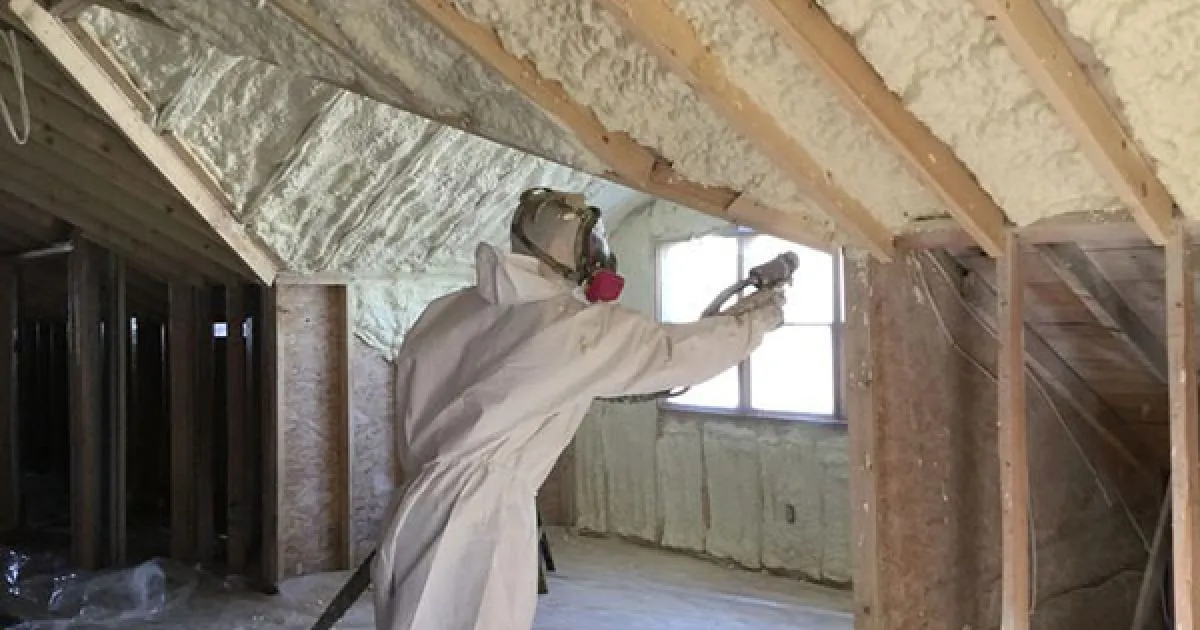
Spray foam insulation is widely used for its energy efficiency and ability to seal gaps that traditional insulation cannot cover. It expands upon application, forming a tight barrier against air and moisture. While it offers excellent long-term benefits, its installation process raises concerns about indoor air quality and occupant safety.
Spray foam consists of two primary components: isocyanates and polyols. When mixed, these chemicals undergo a reaction that creates the expanding foam. During installation, vapors and airborne particles can be released, which may cause respiratory irritation or other health concerns.
It is advisable to vacate the house during installation and for a specific period afterward. Manufacturers often recommend waiting 24 to 72 hours for the foam to fully cure before re-entering the home.
Proper ventilation speeds up the curing process and reduces indoor air contaminants:
Professionals wear personal protective equipment (PPE) such as:
The safety timeline depends on factors such as:
Most experts recommend staying out of the house for at least 24 hours, but high-density foam applications may require a longer waiting period.
If you are considering spray foam insulation, working with an experienced provider ensures proper application and minimizes health risks. Premier Insulation Plus offers expert services to make your insulation project safe and efficient. Contact us at (850) 600-4402 or email [email protected] to schedule a consultation.
| Feature | Spray Foam | Fiberglass | Cellulose |
| Air Sealing | Excellent | Moderate | Moderate |
| Moisture Resistance | High | Low | Moderate |
| Installation Safety | Requires Precautions | Safer | Safer |
| Cost | Higher | Lower | Moderate |
| Longevity | 20+ years | 10-15 years | 15-20 years |
Once fully cured, spray foam is considered safe and does not release harmful gases under normal conditions.
Proper ventilation during installation is crucial to avoid prolonged exposure to airborne chemicals.
When applied correctly, spray foam does not harm structural integrity. In fact, it adds durability by reinforcing walls and ceilings.
Spray foam insulation offers excellent thermal efficiency and air sealing but requires careful handling during installation. Proper safety measures, professional expertise, and adequate ventilation help ensure a smooth and safe process. For expert insulation services, reach out to Premier Insulation Plus at (850) 600-4402 or [email protected].
No, it is recommended to leave the premises during installation and for at least 24 to 72 hours after application to allow proper curing.
If the foam is completely cured, there should be no strong chemical smell, and no visible wet or sticky areas.
Improper installation or exposure during curing may lead to respiratory or skin irritation, but fully cured foam is generally safe.
Spray foam insulation is low-maintenance, but periodic checks are recommended to ensure there are no cracks or degradation over time.
Incorrect application can lead to poor air quality, lingering odors, or reduced insulation performance. Hiring professionals minimizes these risks.
Removing spray foam is challenging. Small areas can be scraped off, but professional assistance is recommended for larger removals.
Most spray foam products contain fire retardants, but they are not completely fireproof. Always follow building codes and safety regulations.
Yes, but installation requires small openings for injection, and proper curing precautions must be taken.
High-quality spray foam maintains its structure for decades if applied correctly and protected from direct UV exposure.
The cost varies based on the type of foam and area covered, typically ranging from $1.50 to $3.50 per square foot.